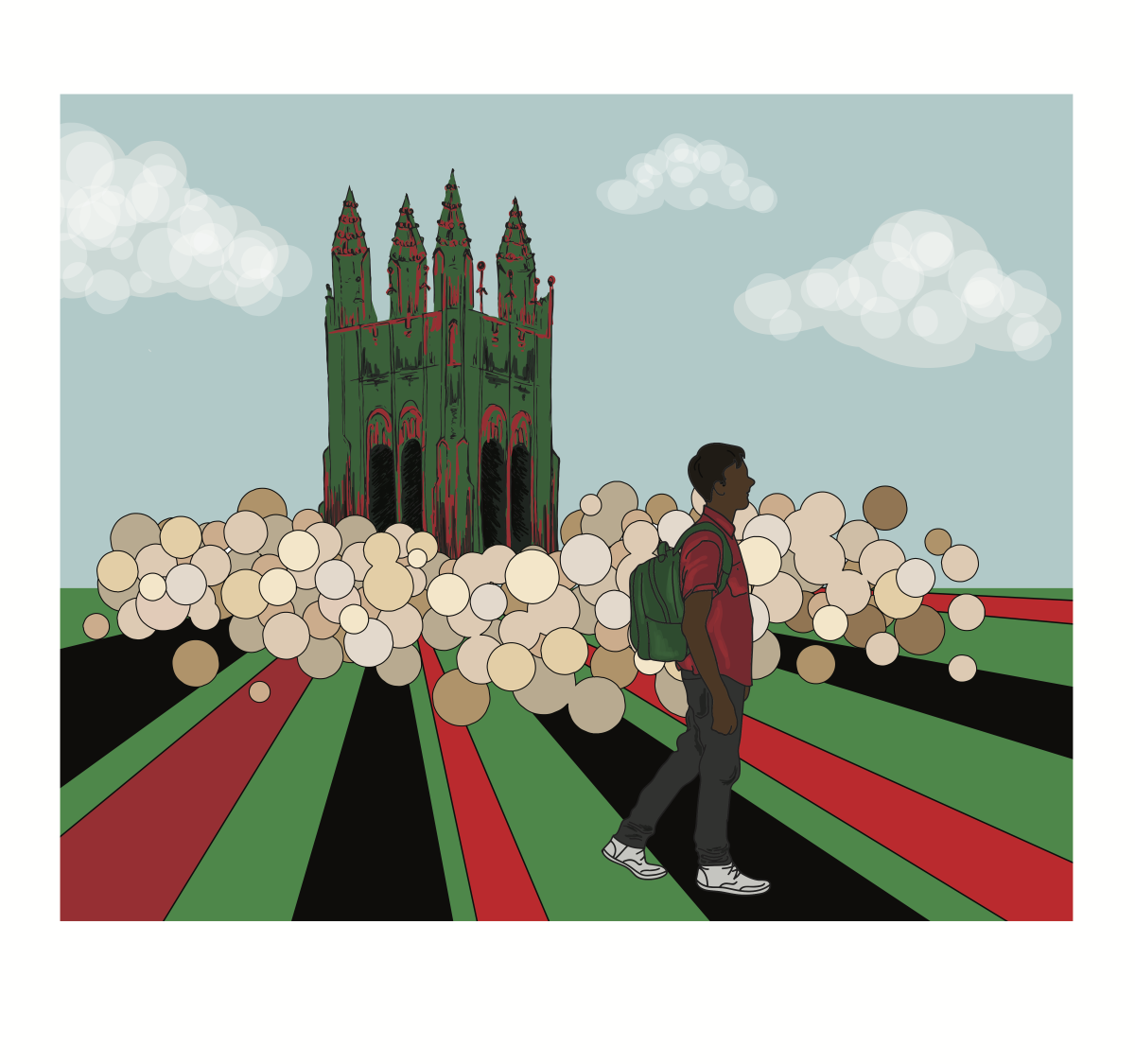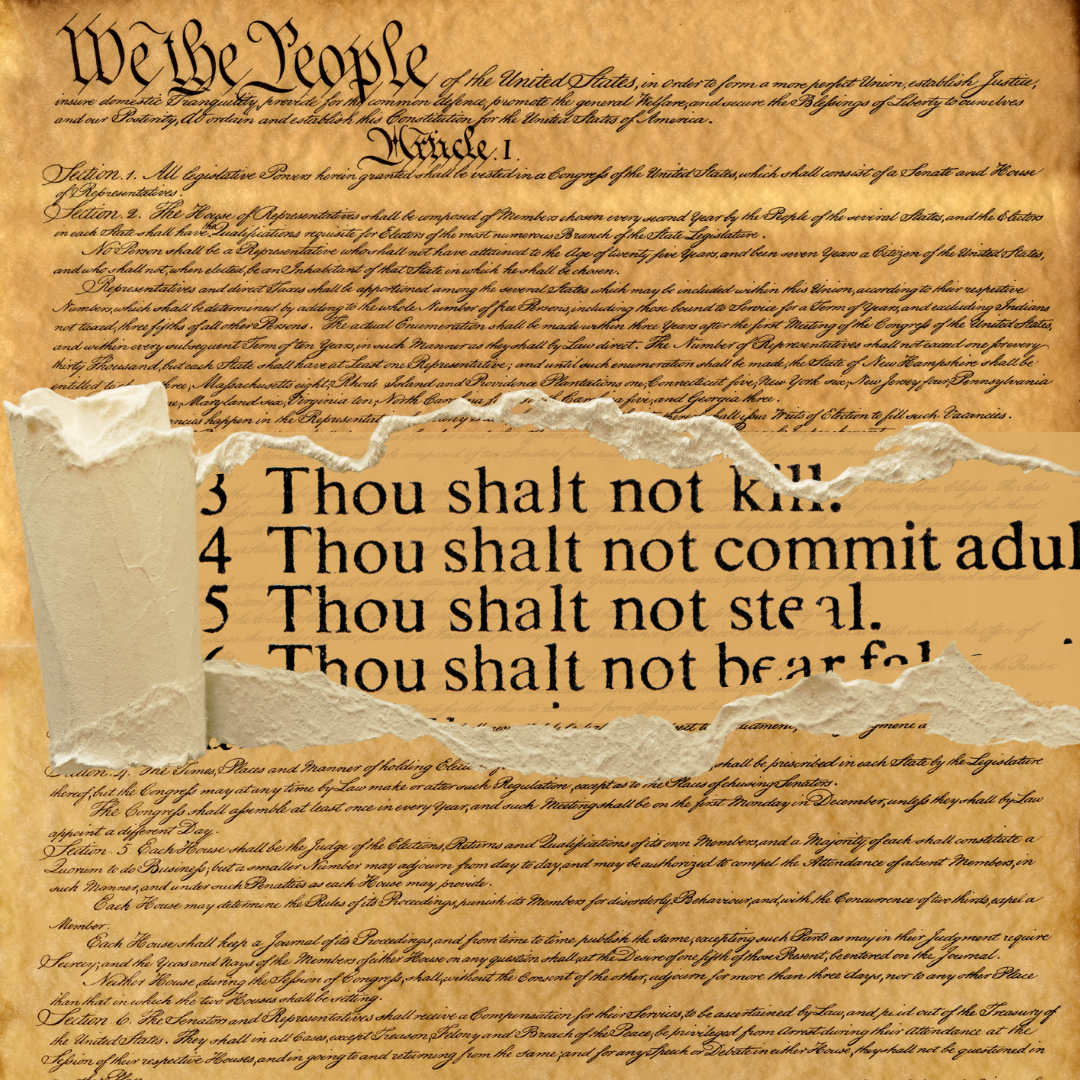St. Joe’s lack of racial awareness does the institution no favors
In commemoration of Black History Month, I wanted to write a piece that delved into the ways in which St. Joe’s perpetuates a kind of racial self-segregation out of necessity, protection and simply nonjudgmental community.
I wanted to talk about the ways in which self-segregation can be an inherently divisive coping mechanism built into the framework of life at our university for students of color, especially black students on campus.
But after the reporting by The Hawk on the racial slur incident that happened back in November, I’ve thought a lot more about my experience as a black student on campus.
After all of this careful consideration I’ve come to the realization that I’ve never felt wholly comfortable on this campus.
To my own knowledge, I have thankfully never been antagonized by another student due to my race, but I have felt out of place. And four years in, as my college career at St. Joe’s is coming to an end, I can say that on certain days I still feel out of place.
What I’ve learned is that my uncomfortability on this campus stems from a lack of understanding my blackness and knowing that it isn’t an oddity. It stems from how I know that I am seen as a racial other, not only by the administration, but by faculty and my fellow students as well.
My blackness is something that I take considerable pride in. I look forward to Black History Month every year because it reminds me of all of the wonderful things that my community has brought to our country.
But this Black History Month, I think more about the ways in which black people took a stand and shook off their discomfort to make a point.
Like my predecessors, I want to do the same.
St. Joe’s has a race problem that stems from something far more ingrained than racial slurs and antagonistic actions of one student against another. The race problem stems from the way in which our university isn’t deliberate in trying to foster a sense of racial understanding between students.

It is one thing to have the university create a council where few weigh in on the issue of racial diversity on our campus. But if this council at this point isn’t productive due to recent events, there has to be a better way to go about dealing with racial diversity on campus.
The few on this council aren’t looking at the ways in which the day-to-day existence of students of color on this campus are mired with uncomfortability due to a lack of racial understanding between all students.
From flagrant comments that perpetuate stereotypes to the supposedly well-meaning but still isolating comments from faculty, students of color are meant to simply endure this and still foster some connection to this university.
We go to a university that is relatively homogenized. Most students come from the same area, are relatively within the same socioeconomic status and phenotypically look relatively the same.
This allows for a kind of experience that caters to that demographic, because it is overwhelmingly the majority of students. In this, there is no reason to delve into difference when on the surface the majority of people are the same.
The lack of structural changes to policy, training and curriculum doesn’t provide any pushback to this majority’s experience.
College is supposed to be about gaining new experiences and challenging yourself. It is imperative on our campus that racial diversity be a part of that.
If St. Joe’s wants to diminish racial tension on campus, there needs to be a deliberate conversation about race and inclusion of racially diverse topics, especially within the curriculum.
The General Education Program (GEP) requirement for diversity isn’t enough to help students of all different backgrounds break down and unlearn ingrained racial preconceptions. The vastness of what falls under diversity within our curriculum disallows any meaningful discussion of race and racism.
We, as students, lose out on meaningful conversations and reformative discussion if we don’t take courses that could provide these things.
There needs to be an imbuing of diverse topics and viewpoints within most courses. Regardless of whether a student is in the Haub School of Business or the College of Art and Sciences, courses need to reflect a persistent attempt to have the hard discussions about race and racism. Otherwise we are going to continue to have racial slur incidents for the foreseeable future.
St. Joe’s can bring in the Factuality game, a facilitated discourse of race relations in America, and host discussions on influential black figures, but that doesn’t mean that the university is going to be able to change the tide. The first meaningful way to do so is to meet all students where they are: in their classes.
This step is the first among many that the university has to take to actually begin to chip away at the racial issue that has sat with this university since it became racially integrated.
The only way for this university to make meaningful change and ameliorate the discomfort of many students of color is to take those deliberate steps to include them in every facet of educational life at St. Joe’s. We need to see, hear and learn about and from people like us in the classroom.














































